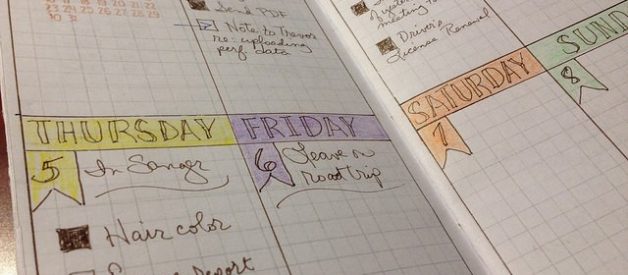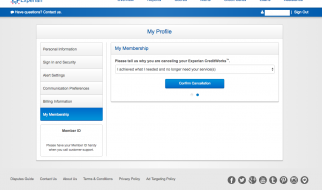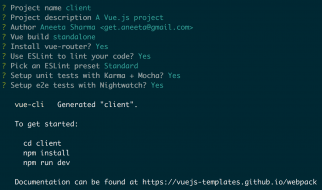Listen to this story
–:–
–:–
One notebook and just 15 minutes a day can change your life
 Credit: Mara Garrido via flickr/CC BY-NC 2.0
Credit: Mara Garrido via flickr/CC BY-NC 2.0
This is Part 2 of a two-part series on bullet journaling, exploring the rise of its culture, its many uses, and the benefits of this productivity practice.
When bullet journal creator Ryder Carroll first developed the BuJo method, he had no idea it would inspire a productivity craze. In Part 1, we explored the rise of bullet journaling, including its massive base of followers. Many BuJo lovers swear by the system as a way to organize and archive their lives.
The Productivity Subculture That Won?t Quit ? Part 1
How BuJo is inspiring endless creative strategies to stay organized.
medium.com
But getting started with bullet journaling can feel overwhelming. Scrolling through images of perfectly illustrated journals on Instagram might be discouraging. Especially if you?re like me and regard yourself as completely unartistic.
Whether you think you lack skills, time, or patience for BuJo, Carroll has a reminder:
?Forget about what you see online. It?s not about how it looks; it?s about how it feels, and, most importantly, how it works for you.?
In other words, don?t worry if your handwriting looks like chicken scratch. You don?t need to learn calligraphy or buy up every supply at the craft store.
It also doesn?t matter if strike marks fill your journal. In fact, that?s a sign you?re using bullet journaling as intended ? as a single, ever-evolving life log to manage the present and plan for the future.
Bullet journaling is flexible enough for crazy-busy productivity enthusiasts and can even complement online tools. As long as you have 15 minutes, a pen, and a notebook, you?re ready to go.
Below, the basic building blocks of BuJo are explained so you can take advantage of its powerful benefits today. We?ll also cover ways to set self-consciousness aside and sustain the habit.
Bullet Journaling for Beginners: 8 Steps to Get Started
Step 1: Adjust Your Mindset
Your first notebook will be your learning notebook. Like any productivity method, it will take time to find a bullet journaling flow and structure that works for you. Don?t prematurely optimize and go all out with a handmade leather journal. That?s too much pressure. Any creative endeavor involves letting go of perfection. Bullet journaling is no different. Make a mess.
Step 2: Get a Journal and Writing Utensils
Start with an inexpensive notebook ? one you like but feel okay making mistakes in or throwing away if it doesn?t work out. Opt for a journal with blank pages (lined or unlined, your choice) instead of one with preexisting sections so you can customize it. As for writing tools, I start with a pencil so I can erase easily. But if you?re a die-hard ballpoint pen person or gel pen lover, you do you.
Step 3: Start an Index Page
The index is the backbone of your BuJo system. Think of it like the table of contents in a book. This will be your reference key to find certain sections or pages in your bullet journal.
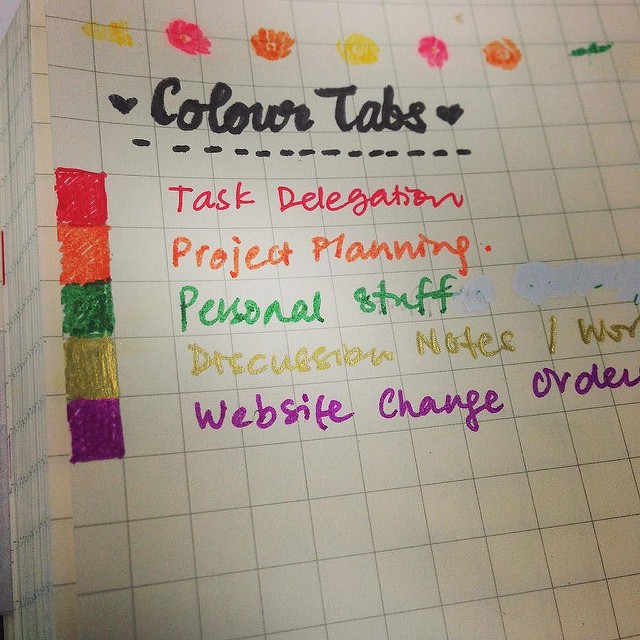 Credit: Claire via flickr/CC BY-NC-ND 2.0
Credit: Claire via flickr/CC BY-NC-ND 2.0
Step 4: Create Logs
Logs are staples of the bullet journal system. Essentially, these are places where you can brain-dump tasks and projects you?re currently working on. It?s also your storehouse for future goals.
In general, there are three types of logs:
- A future log helps you keep track of items that aren?t yet on your immediate radar. In Getting Things Done (GTD) terms, this is similar to a someday/maybe list.
- Monthly logs include things like calendars and categorized goal lists for the next 30 days.
- Daily logs may includes entries of to-dos, meetings, and reminders.
Simplicity is a top tenet of BuJo, so keep your entries brief. For instance, ?Write draft of Chapter 1? or ?Call Amy re: birthday plans? is more than sufficient, as long as you can interpret the shorthand.
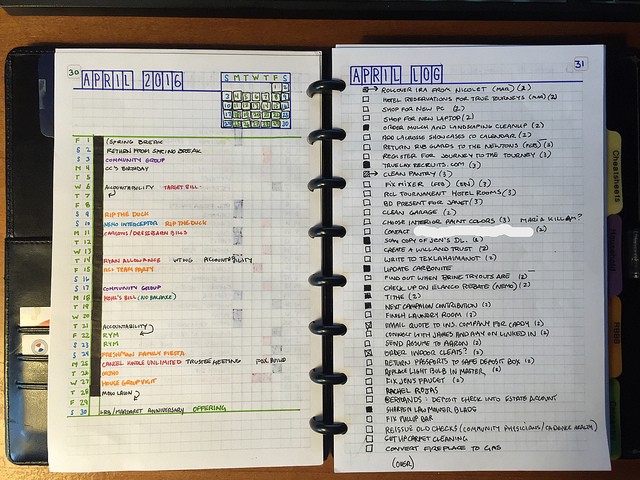
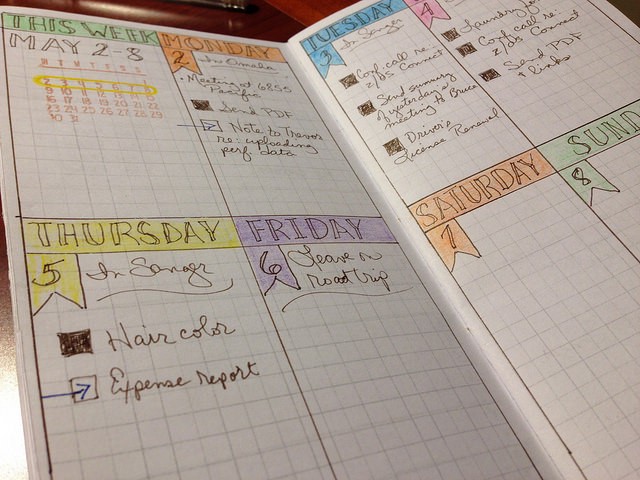 Credit: John Uri (CC BY 2.0) and flakyredhead (CC BY-NC-ND 2.0) via flickr
Credit: John Uri (CC BY 2.0) and flakyredhead (CC BY-NC-ND 2.0) via flickr
Step 5: Pick Signifiers
Many people use bullets for lists of tasks, circles for events, and dashes for notes. Stars commonly denote high-priority items. Of course, this is all is customizable, and over time you?ll arrive at a system of symbols that?s unique to you. You?ll track personal signifiers on a reference page.
Step 6: Document Items with Collections
Collections are running lists and anything you want to remember for later:
- Books you want to read
- Movies you want to watch
- Friends you want to reconnect with
- Things you?re grateful for
- Blog topics
- Self-care ideas
And lots more. These are typically kept toward the back of your notebook since they don?t change very often.
Step 7: Make Time for It
Schedule time to update your journal. After all, no productivity method works unless you put effort into it. Cross off items on your daily and monthly logs as you complete them. Write page numbers on the bottom of each page, and update your Index. Many BuJo enthusiasts do a monthly or quarterly review, taking time to reflect on what they accomplished and their future goals and to transfer items from one log to the next.
Step 8: Get Better, Gradually
Over time, you?ll home in on a bullet journaling process that fits your needs and preferences. Once you get your standard page formats down, you can move on to optimizing your process in other ways. Maybe you work on improving your handwriting. Or add washi tape to make finding frequently flipped-to pages easier. There are lots of helpful online resources created by the innovative BuJo community.
Why It Works: The Psychology of Bullet Journals
According to neuroscientists, a bullet journal helps you externalize thoughts. Put simply, this frees up mental space so you can think more clearly and concentrate better. You don?t have to waste valuable energy remembering everything. Instead, your life is captured on the pages of your journal. Now you can be more present and at ease in the moment without worrying that you?re forgetting something.
Analog productivity methods like bullet journaling have another advantage over digital tools: better retention. Writing by hand engages multiple senses ? visual, kinesthetic, and tactical ? which helps commit tasks to memory. It also signals to your brain that your goals are important, making you more likely to follow through.
Psychologically speaking, bullet journaling is more powerful than other paper-planning methods because it?s also a life record. It?s a place where you can reflect on your accomplishments and happy moments. Research shows that taking time to self-reflect, appreciate what?s going well, and create a vision for your future boosts well-being.
Blending Bullet Journaling with Digital Tools
Fortunately, there are ways to get the benefits of bullet journaling without abandoning the tech tools you?ve come to rely on.
- Use an online mind-mapping tool to brainstorm an idea before adding it to your notebook.
- Complement your daily and monthly logs by putting additional reminders and appointments in your digital calendar.
- Take meeting notes in your bullet journal, then snap a photo or use a dictation tool to share it with teammates.
One important purpose of the bullet journal is to create a refuge away from the glow of screens and the suck of social media. This peace of mind is a gift in the age of information overload, where it?s a chore to manage the flurry of tasks, requests, and data coming your way.
Remember, bullet journaling is never about being perfect or working mindlessly just to stay busy. Fundamentally, BuJo ? and the entire community around it ? is about finding calm amid overwhelm, focusing on doing work that matters, and designing life on your own terms.
What could be more productive than that?
